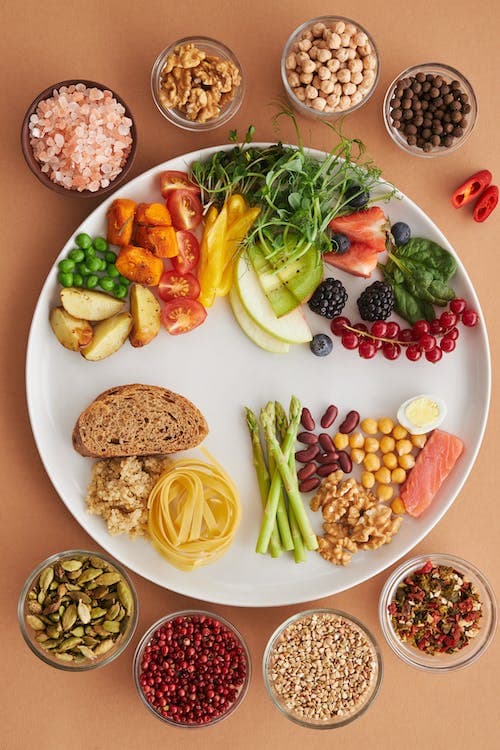When is a calorie not a calorie? Are all calories burned in the same way? Are calories from some foods better for weight loss than others?
This article will answer all of these questions and more, but first: what actually is a calorie?
What are calories?
A calorie is a term of measurement given to units of energy. All foods and drinks contain energy in their chemical structure, and this is released during the process of digestion. Your bodily cells utilise this energy to function, and any unused units of energy are stored as fat (1).
To maintain a healthy weight, we should aim to consume the same number of calories that we use each day. The simple way of looking at weight management is 'calories in, calories out'. If you consume the same number of calories that your body uses each day, you'll maintain the same weight; if you consume fewer calories than you use each day, you'll lose weight, and obviously if you consume more calories than you use, you'll gain weight. This premise is commonly accepted as being the foundation for most weight management programmes.
But are all calories absorbed and used in the same way? The answer is, not quite.
Read on to find out how the calories from different foods are metabolised in different ways, with different outcomes for weight loss or gain.
The thermic effect of food
The truth is that not all calories are equal. Different foods we consume go through different biochemical pathways, and are metabolised and digested at different rates. Calories from different foods have different effects on fullness, insulin response, the process of turning carbs to body fat, and metabolic energy expenditure. This is defined as the thermic effect of food (known as TEF). It is calculated based on the amount of energy in any given food, compared to the energy which is required to metabolise and digest it.
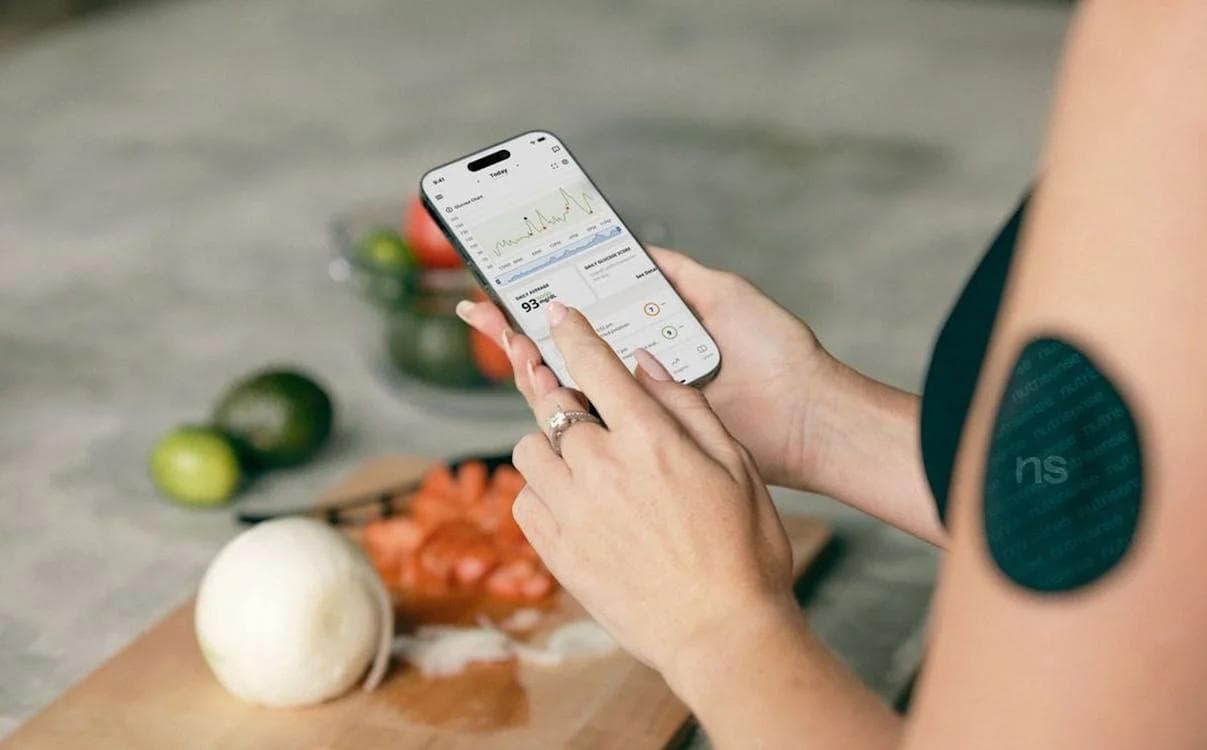
This mean some foods will not require much energy to metabolise, meaning that more of the calories they contain will be left over after they've been digested. It's commonly accepted that protein has a much higher thermic effect (20-35%) compared to carbs (5-10%) and fat (0-3%)(2). This is because protein is not digested as efficiently as carbs and fat, so our metabolic rate is increased after consumption and a large part of the calories it contains will be used up in order to metabolise it. If we use these figures as a guide, then out of 100 calories of protein only 70 calories will remain usable after digestion. For example, if you obtain a lot of your calories from protein, more of these calories are likely to be burned during metabolism and you'll be less likely to put on excess weight.
This is why many people on a weight loss diet choose to increase their protein intake, and there are many other ways in which protein can aid weight loss.
The percentages of thermic effect may also vary from person to person, however; for example, the thermic effect of foods is reduced in older adults (3).
Read this article if you're unsure about how much protein you should be eating.
The amount of calories we need each day can also depend on many other factors, and our individual needs can vary quite dramatically. Let's explore some of the other factors that can affect our recommended daily intake.
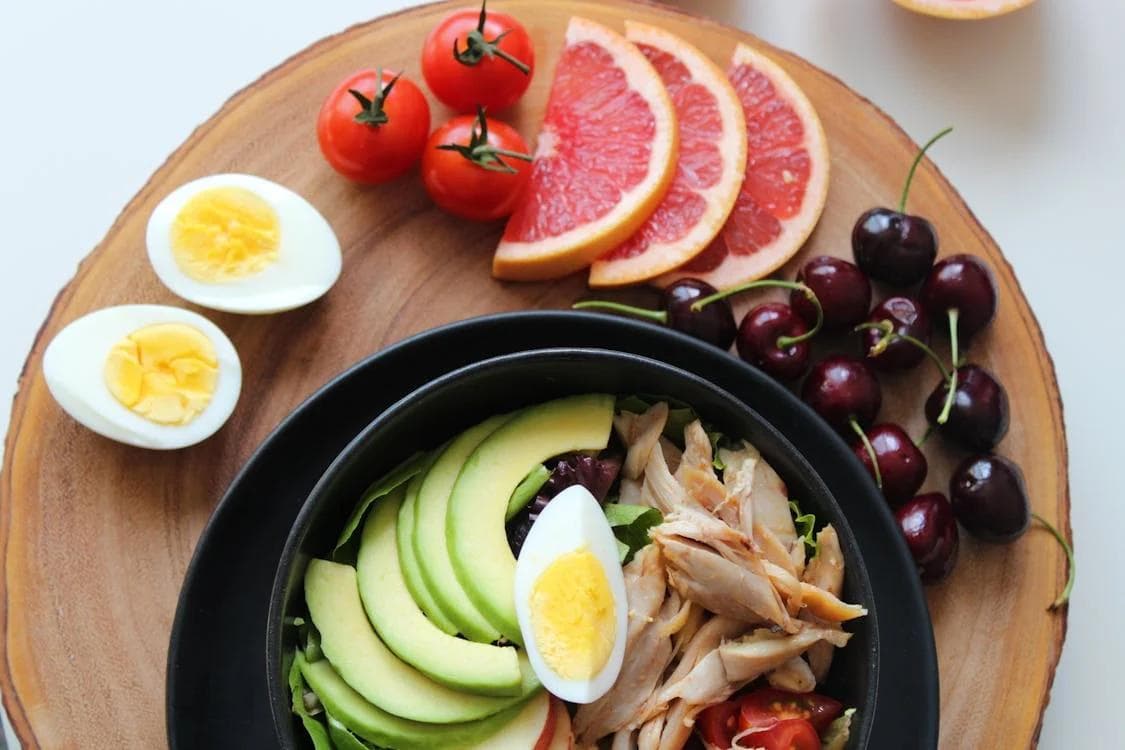
How many calories do you need each day?
The number of calories we need to consume each day will be based on our individual Basal Metabolic Rate (BMR), which is the minimum number of calories required to perform your body's daily functions, like breathing, circulation, digestion, and cell production, or our Resting Metabolic Rate which also factors in a degree of essential activity like going to the loo and showering. Most calculations are based around resting metabolic rate as this is more accurate. Our BMR/RMR gradually declines as we get older, which is one of the reasons why we need fewer calories in later life (4,5,6).
These rates are calculated using algorithms based on direct or indirect calorimetry (7). If you want to calculate your basal or resting metabolic rate, you can find calculators online; however, beyond our body's basic energy requirements, our optimum daily calorie intake will also depend on many other different factors:
- Our size - a very small person with a low body weight is likely to require fewer calories than someone with a high body mass. This is why children don't need to eat as much even though they tend to be more active than adults.
- Our gender and build - men typically tend to carry about 10-20% more muscle mass than women, and muscle burns more calories than fat. Their body build is also typically larger, which means their calorie requirements are around 10% higher than a woman's.(8)
- Our fitness level - as we become fitter, we burn fewer calories when performing the same exercise. The body adapts and becomes more fuel-efficient, and it's less effort for us.
- Our age - our age is a major influence on our daily calorie requirements, as, for example, a small baby or child would have very different calorie needs than a large, fully grown adult man:

- Children: Ideal calorie intake will vary from child to child based on age, sex, and activity levels. It also changes according to whether the child is undergoing a growth spurt, when they'll require more calories. The daily recommended caloric intake for infants is about 100 calories/kg/day; then from ages one to three years it's 80 kcal/kg/day, four to five years need 70 kcal/kg/day, six to eight years needs 60 to 65 kcal/kg/day and children over nine need 35 to 45 kcal/kg/day. During their teens, a child's calorie needs are around 30-60 kcal/kg daily.
- Adults: Aside from all the variables, in general calorie needs stabilise during adulthood to around 2,000 calories a day for women and 2,500 for men.(8)
- Older people: Older people tend to need fewer calories as they are typically less active and have more body fat than muscle, so their bodies are less fuel efficient. This loss of muscle mass - known as sarcopaenia - occurs at a rate of around 8% per decade after the age of 40, or even earlier. This has an effect on calorie intake because muscle burns more energy than fat even when at rest. Additionally, the body shrinks in size, including our brains, and so requires less energy. From the age of 50-60, calorie needs typically reduce to around 2000 calories per day for men and 1600 calories per day for women.(9,10)
- Our genetics and metabolism
There are so many things which can positively or negatively affect our BMR, but some people do seem to be born with a faster metabolism than others. Research suggests certain genes, such as the 'FTO gene', are associated with a lower BMR and obesity.(11)
- Our activity level - as calories are units of energy, it makes sense that when we exercise our bodies, we use more units! Different types of exercise burn different amounts of calories per hour. The amount of energy we burn during exercise will also vary according to body weight and muscle mass.
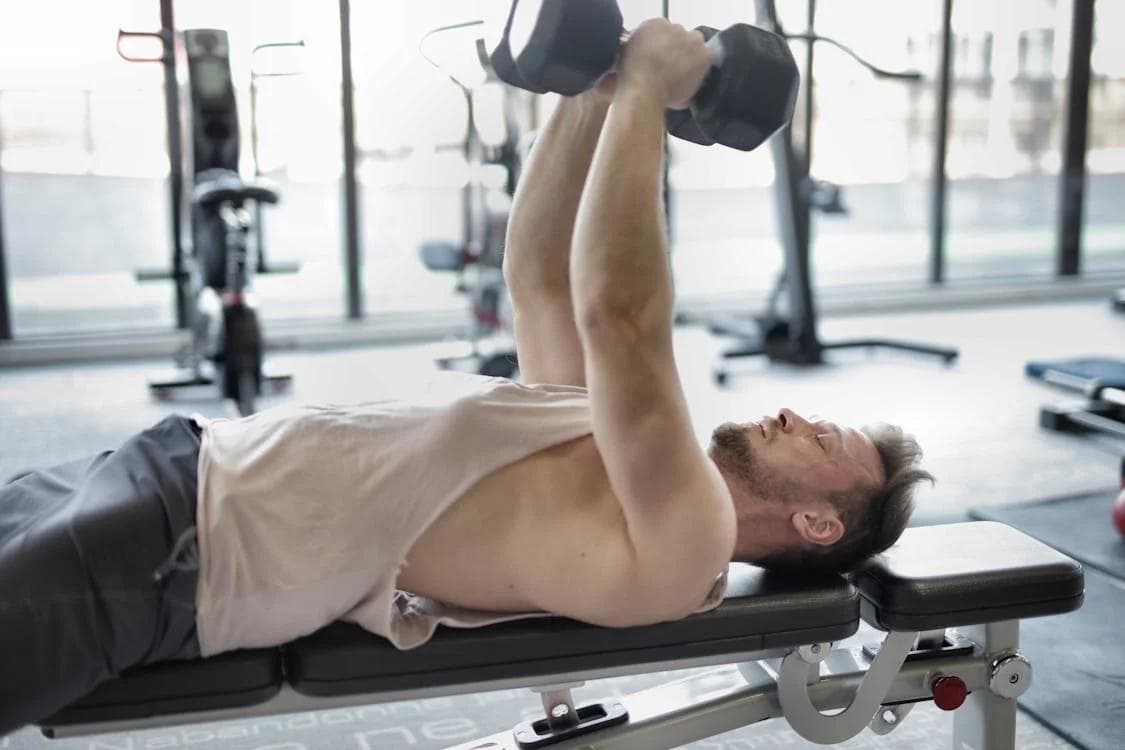
- Our health and fitness goals
The amount of calories we need when fitness training depends on whether we want to lose weight or bulk up. Those wishing to lose weight should eat a calorie deficit, meaning that they consume more calories than they use up each day. Conversely, those wanting to bulk up will typically want to eat more calories than they use. If you just want to maintain a healthy weight, you'd aim to eat the recommended daily intake for your age, gender, and activity level.
- Female life stages:
- Pregnancy - to some degree, women really are 'eating for two' whilst pregnant. They don't need a significantly higher calorie intake, but it's generally accepted that eating about an extra 300 calories per day in the last couple of trimesters of pregnancy should provide the body with the additional energy it needs to support the growing baby.(12)

- Breastfeeding - in general, most breastfeeding mothers need to consume an extra 450 to 500 calories per day. For most mums that's a total of around 2,500 calories per day. During pregnancy, women also store up to 5 kg (19,000 to 48,000 kcal) of fat to prepare for lactation, which the body uses if these extra calories aren't consumed (12,13).This is why women can appear to lose weight whilst breastfeeding.
- Menopause - around this time of life there can be a difficult dietary adjustment for many women, as their basal metabolism changes dramatically. Changes in hormone levels around menopause can make women's bodies begin to store, rather than burn, the calories they eat. Hormonal changes account for these changes but a woman's body also starts to need less energy as it ages, so typically a woman needs around 300 fewer calories per day after menopause.(14)
How many calories do different exercises burn?
Again, the amount of calories we burn during exercise can vary from person to person, and will also depend on your age, gender, height, and body weight.
For example, one hour of high impact aerobics uses 365 calories per hour for a 25 year old woman, who weighs 120 lbs and is 5ft 5 inches tall. However, a 35 year old man, who weighs 170lbs and is 6ft 1inch tall, would use 690 calories per hour for the same exercise (15).
There are lots of exercise calorie counters online - look for one which factors in your age, height, weight, and gender, for a more accurate calculation.
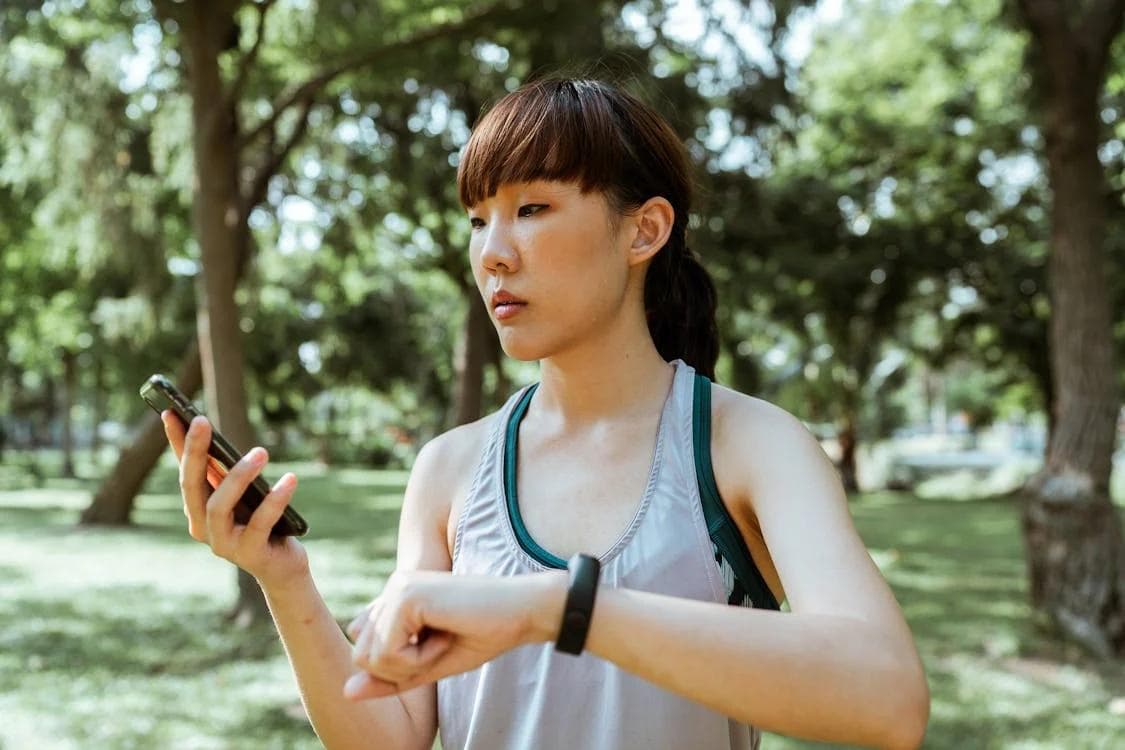
Summary: all calories are not the same!
Ultimately, if you wish to lose, maintain, or gain weight, you'll always need to consume the corresponding number of calories, but we've learned that not all calories are equal! Depending on the food they're derived from, the lifestyle and needs of the person who is metabolising them, and the rate at which they are used up for energy or stored by the body, they can vary dramatically. However, armed with this information you can more accurately work out your own healthy daily calorie intake. Calories are not the only consideration if you want to lose weight; it's really important that you eat a healthy, balanced diet.
If you feel you have a significant amount of weight to gain or lose, it's always best to speak to your doctor or health professional before embarking on a supporting diet. If you struggle to create meals that contain the right amount of calories and protein for your needs, consider subscribing to a healthy meal prep service designed to support weight loss or gain protocols, and containing measurable amounts of calories and protein.
If you enjoyed this article, read these related articles on our blog:
How to lose, gain, or maintain with Prep Kitchen
How to stay fit if you sit 9 to 5
16 easy exercise and diet tips to cut belly fat
References:
1. National Research Council (US) Committee on Diet and Health. (1989) Diet and Health: Implications for Reducing Chronic Disease Risk. Washington (DC): National Academies Press (US); . 6, Calories: Total Macronutrient Intake, Energy Expenditure, and Net Energy Stores. Available from: https://www.ncbi.nlm.nih.gov/books/NBK218769/
2. Westerterp KR. (2004) Diet induced thermogenesis. Nutr Metab (Lond). Aug 18;1(1):5. doi: 10.1186/1743-7075-1-5. PMID: 15507147; PMCID: PMC524030.
3. Du S, Rajjo T, Santosa S, Jensen MD. (2013) The thermic effect of food is reduced in older adults.(2014) Horm Metab Res. May;46(5):365-9. doi: 10.1055/s-0033-1357205. Epub Oct 23. PMID: 24155251; PMCID: PMC4366678.m
4. Mifflin MD, St Jeor ST, Hill LA, Scott BJ, Daugherty SA, Koh YO. (1990) A new predictive equation for resting energy expenditure in healthy individuals. Am J Clin Nutr. Feb;51(2):241-7. doi: 10.1093/ajcn/51.2.241. PMID: 2305711.
5. Almajwal AM, Abulmeaty MMA. (2019) New Predictive Equations for Resting Energy Expenditure in Normal to Overweight and Obese Population. Int J Endocrinol. Dec 18;2019:5727496. doi: 10.1155/2019/5727496. PMID: 31929793; PMCID: PMC6935811.
6. Kenny GP, Notley SR, Gagnon D.(2017) Direct calorimetry: a brief historical review of its use in the study of human metabolism and thermoregulation. Eur J Appl Physiol. Sep;117(9):1765-1785. doi: 10.1007/s00421-017-3670-5. Epub 2017 Jul 8. PMID: 28689303.
7. Osilla EV, Safadi AO, Sharma S. Calories. [Updated 2022 Sep 12]. In: StatPearls [Internet]. Treasure Island (FL): StatPearls Publishing; 2024 Jan-. Available from: https://www.ncbi.nlm.nih.gov/books/NBK499909/
8. Morris, S.; Cater, J.D.; Green, M.A.; Johnstone, A.M.; Brunstrom, J.M.; Stevenson, E.J.; Williams, E.A.; Corfe, B.M.(2020) Inadequacy of Protein Intake in Older UK Adults. Geriatrics , 5, 6. https://doi.org/10.3390/geriatrics5010006
9. Chernoff R. (2004) Protein and older adults. J Am Coll Nutr. Dec;23(6 Suppl):627S-630S. doi: 10.1080/07315724.2004.10719434. PMID: 15640517.
10. Fawcett KA, Barroso I. (2010) The genetics of obesity: FTO leads the way. Trends Genet. 2010 Jun;26(6):266-74. doi: 10.1016/j.tig.2010.02.006. Epub Apr 8. PMID: 20381893; PMCID: PMC2906751.
11. Kominiarek MA, Rajan P. (2016) Nutrition Recommendations in Pregnancy and Lactation. Med Clin North Am. Nov;100(6):1199-1215. doi: 10.1016/j.mcna.2016.06.004. PMID: 27745590; PMCID: PMC5104202.
12. Guidelines for perinatal care. 7th American Academy of Pediatrics and the American College of Obstetricians and Gynecologists; Washington, DC: 2012. [Google Scholar] [Ref list]
13. Fenton A. (2021) Weight, Shape, and Body Composition Changes at Menopause. J Midlife Health. Jul-Sep;12(3):187-192. doi: 10.4103/jmh.jmh_123_21. Epub 2021 Oct 16. PMID: 34759699; PMCID: PMC8569454.
14. Diet tool: Calories burned calculator for common exercises and activities (no date) WebMD. Available at: https://www.webmd.com/fitness-exercise/healthtool-... (Accessed: 18 January 2024).

